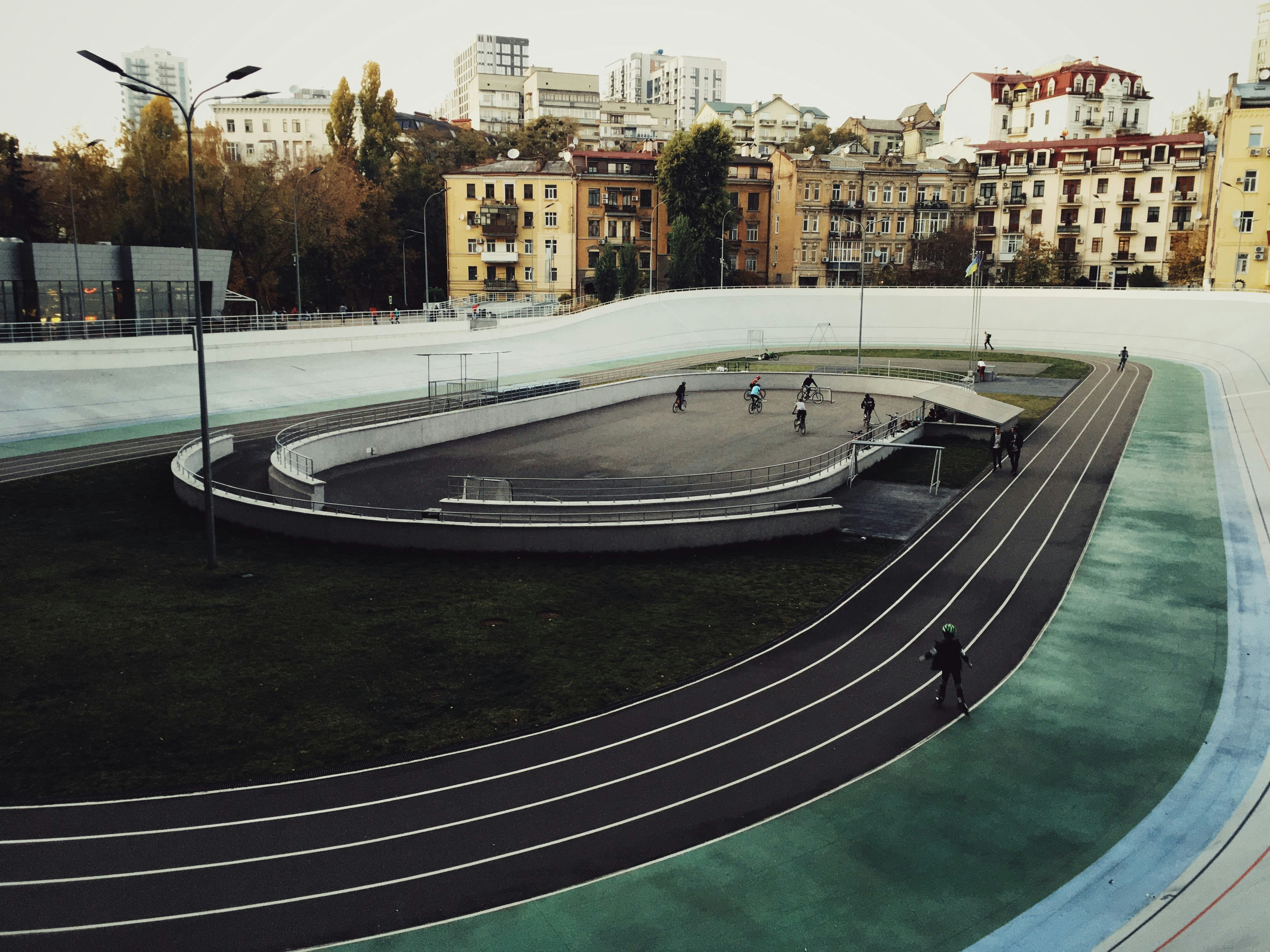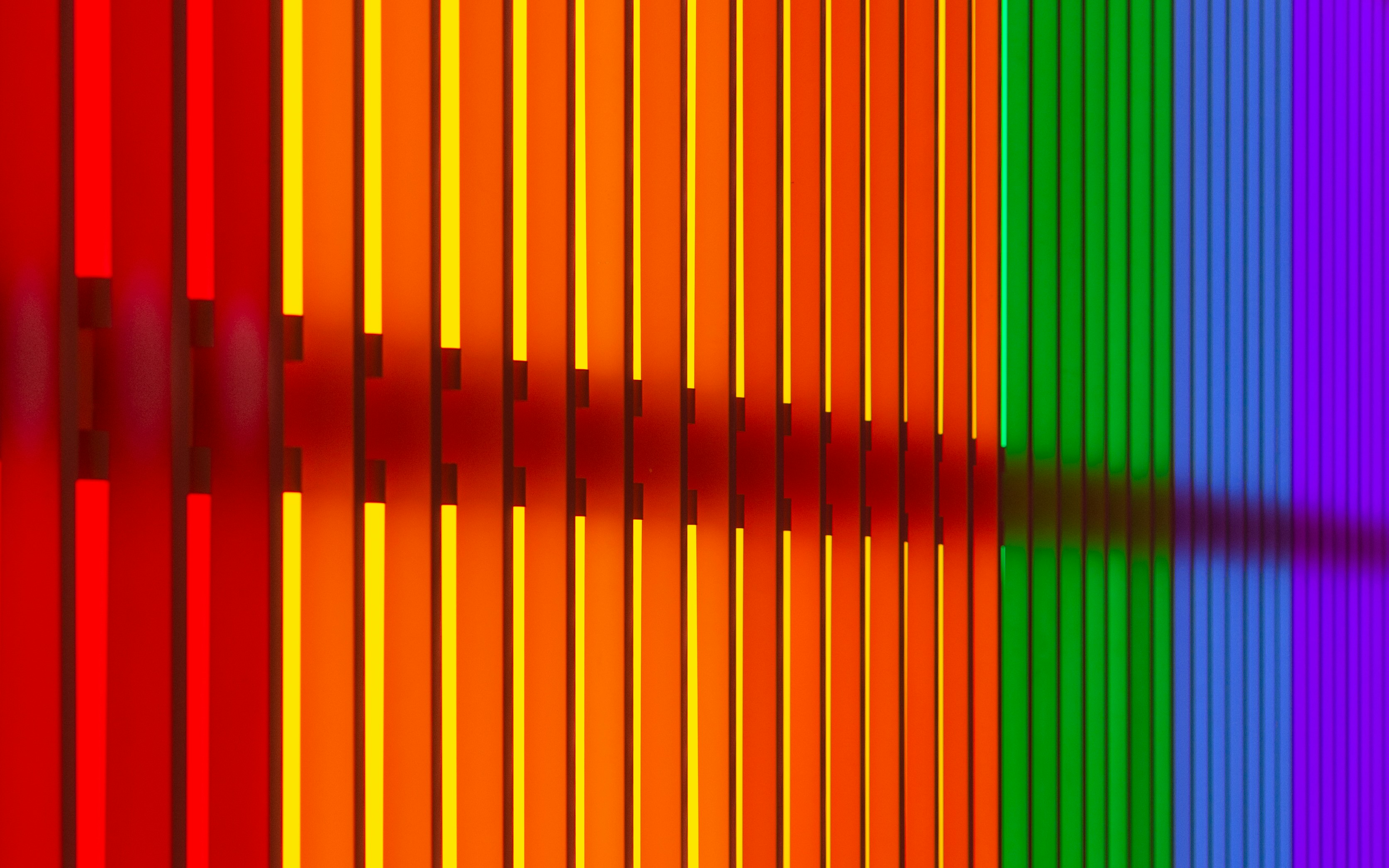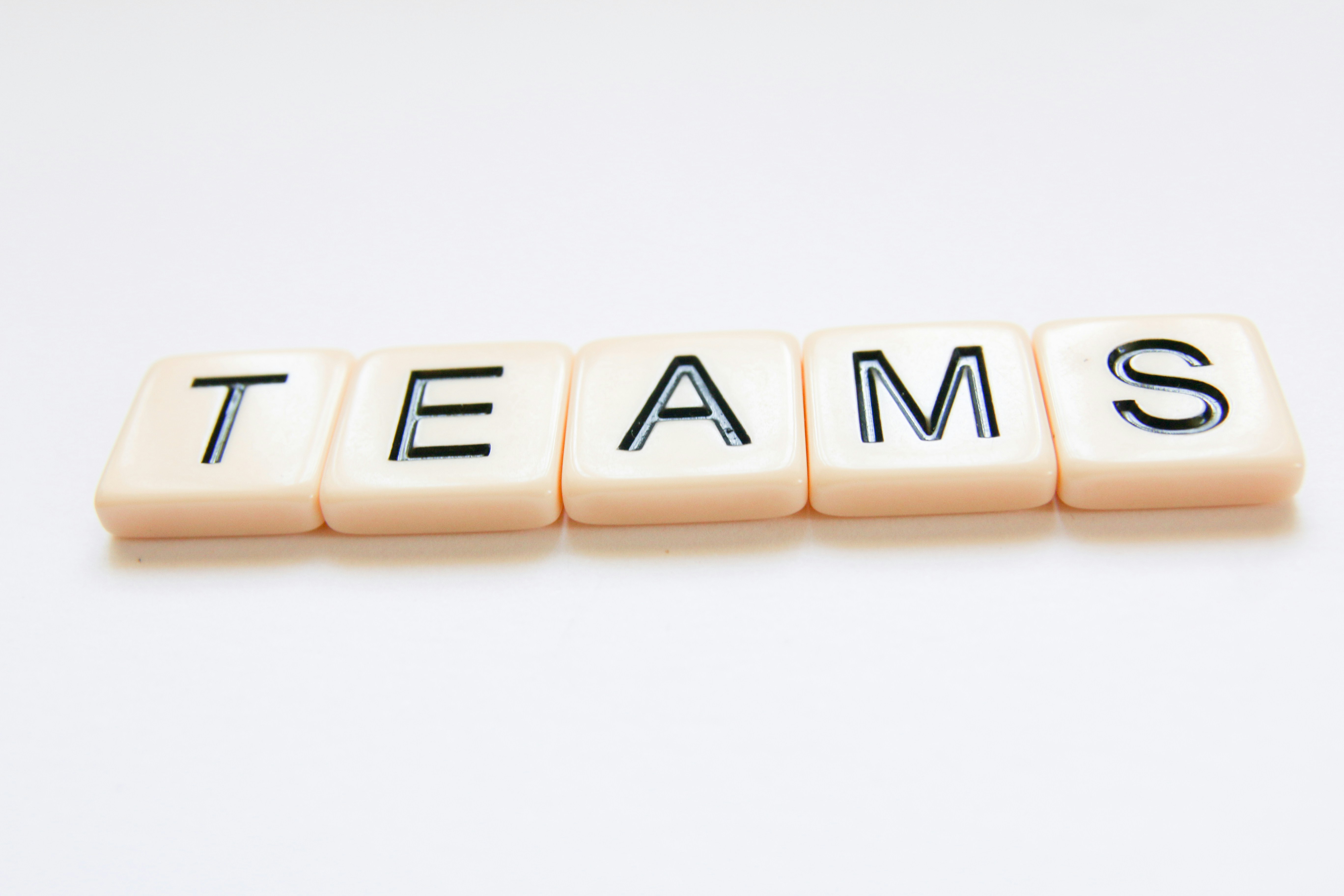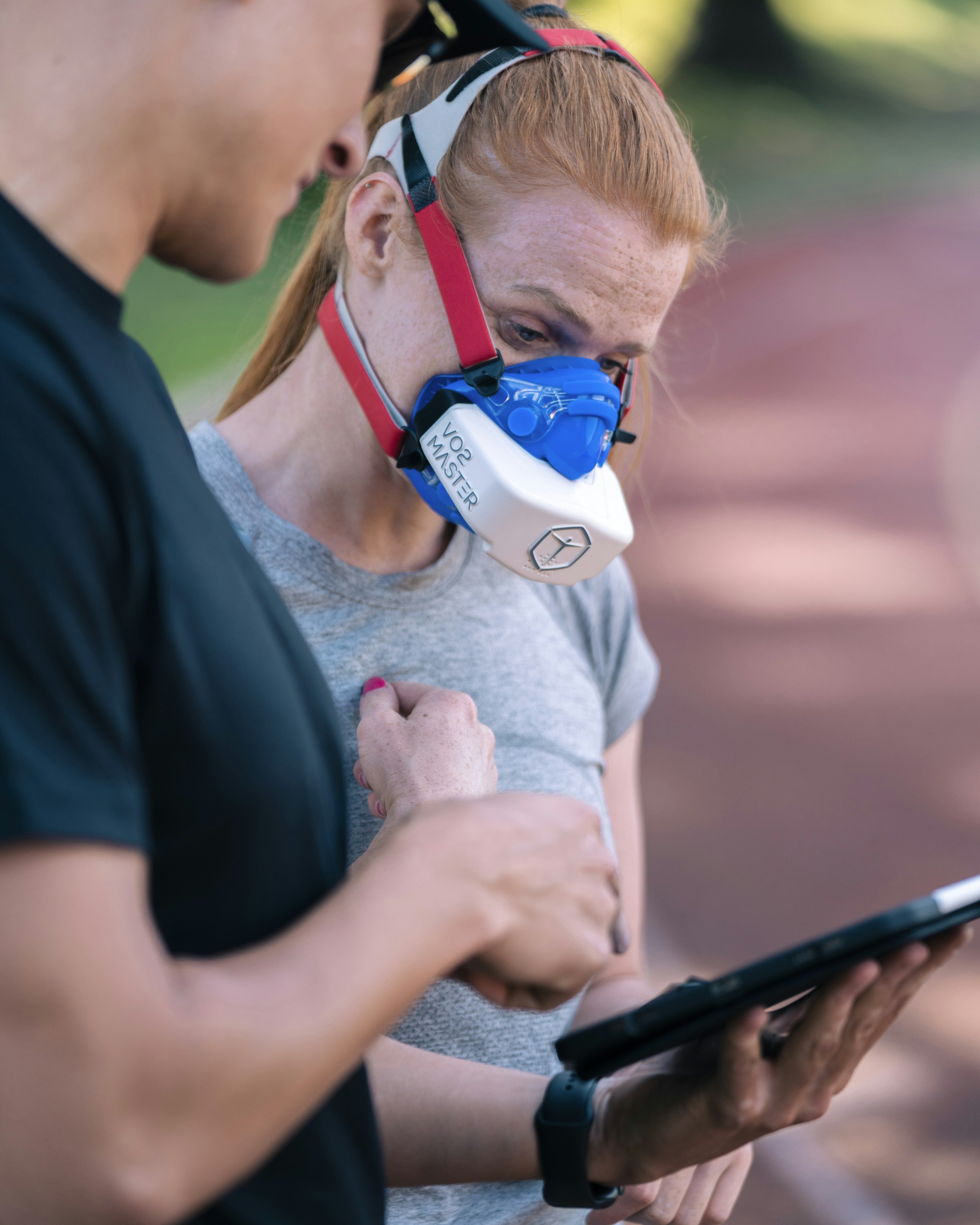Game Changer: Noise Pollution's Impact on Sports Performance
In our increasingly urbanized world, the hustle and bustle of city life is becoming a constant backdrop for athletes, coaches, and sports enthusiasts alike. While we often discuss the physiological factors that contribute to athletic performance, there's a formidable, often-overlooked player on the field: noise pollution. It’s not just a nuisance; it’s a game changer that can influence how athletes perform and how coaches make decisions during crucial moments. This exploration dives deep into the significant effects of environmental noise on sports, integrating expert opinions, relevant studies, and innovative strategies that teams are employing to navigate this auditory landscape.
The Soundscape of Urban Athletics
Imagine an athlete preparing to take a shot at a pivotal moment during a championship game, surrounded by deafening cheers and, at times, disruptive distractions. The sonic environment in urban sports venues can significantly shape an athlete's performance. Researchers have begun to quantify how noise levels can create both a boost and a hindrance.
Studies have indicated that athletes in high-noise environments may face increased stress levels, affecting their focus and decision-making abilities. According to the Harvard Business Review, the ambient noise of a crowded arena can often be a double-edged sword, eliciting a burst of adrenaline in some while causing anxiety in others. This disparity raises questions about how athletes can adapt their training and mindsets to thrive despite external distractions.
Psychological Implications of Sound
So, how does noise pollution impact sports performance from a psychological standpoint? The answer lies in the complex relationship between an athlete's focus and their ability to process sound. Noise pollution can drown out essential communication between teammates, disrupt concentration, and potentially lead to performance anxiety. A study published in Psychology of Sport and Exercise highlighted that athletes performing in quieter environments tend to engage in more effective decision-making.
Athletes employing visual and auditory cues often find loud environments overwhelming. For example, in team sports like basketball, players rely heavily on verbal cues for defensive strategies and formations. The inability to hear these commands can lead to confusion on the court, which may cost valuable points. It’s crucial for teams to understand these dynamics and explore innovative training regimens that incorporate these challenges into practice.
Adaptive Strategies for Teams
To help their players adapt to the acoustics of urban and high-stakes environments, sports teams are adopting several strategies. These range from cognitive training to sound conditioning techniques. In 2025, leading teams are already utilizing advanced noise simulations in training sessions. For instance, coaches are replicating game-day sounds—crowd cheers, announcements, and other auditory clutter—during practices. This allows athletes to learn to navigate their focus in chaotic environments.
Furthermore, psychologists working with teams often emphasize the importance of mental conditioning. This involves teaching athletes mindfulness techniques that can refocus their attention amid external disruptions. A study outlined in The Journal of Sport Psychology revealed that athletes who practiced mindfulness were more adept at managing performance anxiety, ultimately leading to improved outcomes during high-pressure situations.
Training with Technology
As technology continues to transform athletic training, one notable trend is the use of biofeedback and neurofeedback systems. These technologies help athletes understand how their physiological responses—like heart rate and brain wave patterns—respond to noisy environments. By leveraging this data, athletes can learn how to manage their focus and anxiety. Coaches are also incorporating virtual reality scenarios, allowing players to train in simulated noisy environments, thus preparing them for real-game conditions.
Innovative teams are looking toward methods discussed in other articles on transforming athlete performance using VR and mental resilience strategies. Techniques featured in articles like explore how mental conditioning through technology mitigates outside distractions during events.
The Impact of Team Communication
Effective communication among players can profoundly influence performance, especially when noise levels escalate. Coaches are adopting new communication strategies designed for high-noise environments. Signals, visual cues, and gestures are being emphasized to ensure that athletes can remain aware of their surroundings and their teammates' needs—even amidst a cacophony of cheers and chants.
Moreover, certain teams conduct "silent training," where players practice without verbal communication to hone in on non-verbal cues. A recent piece on uncovering the power of non-verbal communication in sports dynamics illustrates how athletes can harness body language and eye contact, essential skills for maintaining synchrony and cohesion on the field.
The Role of Coaches in Noise Awareness
The role of coaching extends beyond strategy and technique. Coaches must also understand the unique auditory challenges posed by different playing environments. A well-prepared coach—armed with data and understanding of how noise pollution affects decision-making—can significantly enhance performance under pressure.
In team meetings, coaches are discussing noise levels as part of their game strategy. They advise players on anticipating how different environments will affect their gameplay and how to overcome distractions. This blend of proactive strategy and psychological awareness prepares athletes to take their skills from practice to performance seamlessly.
Exploring Case Studies
One standout case involves a top basketball team that experienced a significant decline in performance when playing in particularly loud arenas. After thoroughly assessing the situation, they implemented auditory conditioning techniques and strategic training focused on communication and focus. Over the season, this team noted a remarkable improvement during crucial games, underscoring the importance of addressing noise pollution in athletic performance.
Similarly, a soccer team recognized that urban environments often led to chaos, influencing their tactical setups for games. By incorporating sound tests during training and rehearsing ways to cope with auditory distractions, they improved their ability to maintain focus and execute plays successfully, even in friction-filled environments.
The Importance of Urban Considerations
As cities continue to evolve, the design and management of sports venues are becoming increasingly relevant. Urban planners are recognizing the implications of noise pollution on athletic performance, leading to initiatives aimed at creating more peaceful urban spaces. For example, cities are integrating sound-absorbing materials in stadium designs to help mitigate the overwhelming noise experienced during games.
Furthermore, a focus on community engagement is encouraging these urban venues to consider the local population more consciously. Research published in Environmental Psychology has found that community involvement in stadium design can significantly improve the ambiance, thus benefiting athletes and fans alike.
The Road Ahead: Mitigating Noise Pollution
Finding concrete solutions to manage noise pollution is vital as sports venues become increasingly urbanized. Advocacy groups have begun to push for regulations that minimize sound pollution in urban athletic settings. Initiatives like city noise ordinances and wellbeing assessments could provide frameworks for creating more athlete-friendly environments.
Additionally, coaches and athletes should work closely with urban planners and environmental specialists to address potential problems before they arise. Early engagement can align strategies, ensuring that athletes do not just compete but thrive in their environments.
Overall, the future of athletics in urban spaces depends on recognizing noise pollution as an integral factor in performance and decision-making. As teams work diligently to adapt their tactics, the conversation about sound management in sports continues to grow.
Final Thoughts
As our cities expand and noise pollution becomes an increasing challenge for athletes, understanding its implications on performance and decision-making has never been more critical. Innovative training strategies, technology, and a deeper understanding of the psychological aspects of noise can empower athletes to adapt and excel.
Moving forward, it’s essential not just for teams but for urban planners and communities to prioritize the acoustic elements of athletic venues. with unique approaches and a focus on resilience, urban sports culture can evolve to meet the demands of our increasingly noisy world. Athletes can wield sound as a tool rather than a distraction, demonstrating that even in the clamor of competition, focus, execution, and resilience reign supreme.












